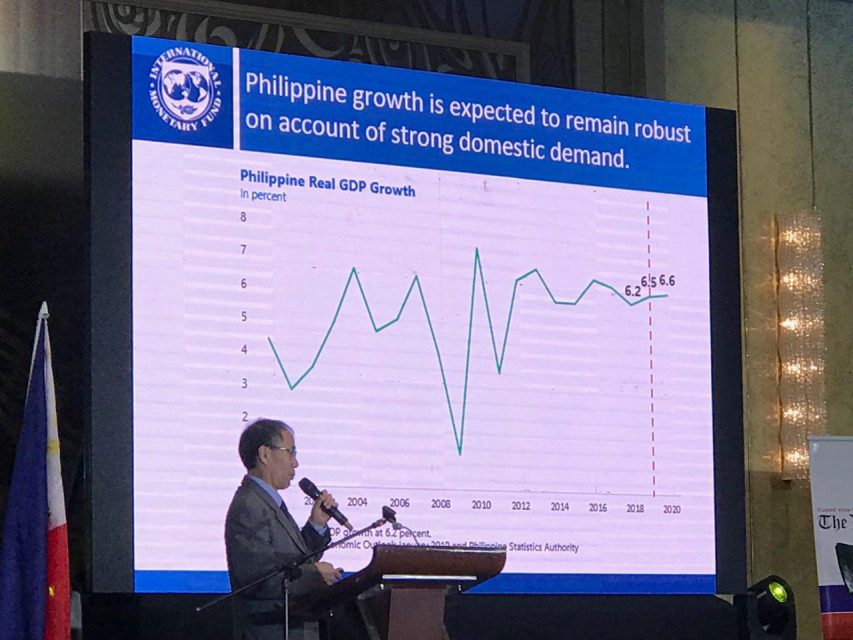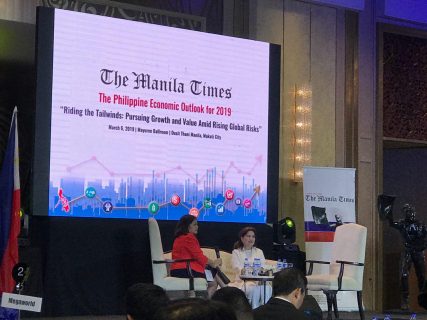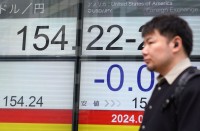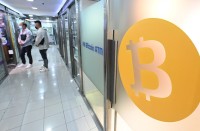
By Caesar Vallejos
OPEN FOR BUSINESS, Eagle News Service
The Philippines will continue to be a viable investment and growth hub despite the global economic slowdown.
This was the message of top policymakers and business leaders at the recently concluded Manila Times Economic Outlook 2019 Forum at the Dusit Thani Manila.
International Monetary Fund (IMF) Resident Representative to the Philippines Yongzheng Yang confirmed that the global growth is slowing down. He said that “in 2018, the global economy grew by 3.7 percent and this year, the IMF is projecting it at 3.5%.”
He noted that there was “a sharp decline of global manufacturing activity at the beginning of this year” and added that the sector and new export orders are deteriorating.
Headwinds
The Philippines exports large electronics and semiconductors. “Activities in manufacturing slowed dramatically since the beginning of the year. We are facing a lot of downward pressure in the global economy and this is the headwind that we face,” Yang said.
However, the IMF official said that despite “lots of uncertainties ahead”, the IMF is still projecting 6.5% growth for the Philippine economy this 2019 and slightly higher on the next year.
“Despite all the headwinds globally, the Philippine economy will be better than last year,” Yang said. IMF’s positive projection is based on the Philippines’ strong domestic demand for inclusive growth. “You have the Build Build Build initiative and the foreign investments are at a record level and continue to be coming,” the IMF official said.
“Above all we see strong confidence of the business sector in the economy. And that is very potent,” he said. “We expect domestic demand to gain strength,” he added.
Yang also emphasized that Asia has been a very positive regular contributor of global trade growth and a dynamic region in the world.
“Last year, in the region the flow of investments have turned to positive. We have seen more inflows than outflows.” He said that it resulted positively to the Philippine currency.
The IMF official also said that the Philippines is one of the few countries that has a labor force growth and this makes the country “in a good position.”
“Asia is ageing rapidly like Korea, Thailand, China but the Philippines has has young and growing labor force” he said. “What that means is that in the future this aging countries will need more young labor from countries like the Philippines.” Yang explained.
He encouraged the Philippines to upgrade its education and skill straining to create a demand for high-skilled OFWs. “This is where the growth potential is enormous,” Yang said.

Another factor that the Philippine economy could ride through is the intra-regional trade. Despite challenges, Asian countries are “doing well in regional integration,” he said. Key linkages for the Philippines to consider include: trade in goods and services, its composition and geographical composition; investment inflows, business process outsourcing and remittances.
Tailwinds
Chuchi Fonacier, Deputy Governor of the Financial Sector of the Bangko Sentral ng Pilipinas cited that the “Philippine GDP expanded by 6.2 percent in 2018 and continued to outpace historical long run averages and the economy has been growing consistently for the past 20 years notwithstanding events such as the global financial crises and balanced commodity price fluctuations.”
She noted that “economic expansion continued to be broad based led by firm growth in household consumption and strong public spending, consistent with national government’s infrastructure push.”
Over the medium term, Fonacier said that the BSP is optimistic about the country’s growth prospects,”notwithstanding the external environment the annual growth target for the next three years has been maintained at 7 to 8 % on the back of solid domestic demand.”
To keep the economy on track, she said that this is supported by economic tailwinds including the national government’s massive Build Build Build agenda, the Export Development Plan for 2018-2022 and social welfare programs aimed at improving education and health across different sectors of the society.
“The Philippine economy also continues to benefit from the demographic sweet spot that provides a unique window of opportunity that offers tremendous potential for boosting and sustaining domestic demand and economic growth over a long period,” Fonacier added.
She admitted, however, that growth prospects remain fragile and uneven. “Even recovery in advanced economies is expected to remain steady or to eventually pick up. Activity in emerging market economies is projected to slow down.”
But Fonacier was confident in saying that the country has “sources of resilience that will keep the economy stable.” She mentioned of the implemented monetary tightening actions by the BSP to mitigate impact of inflation emanating from supply side factors. As a result, “inflation outlook will return to its target this year and in 2020,” the BSP official said.







